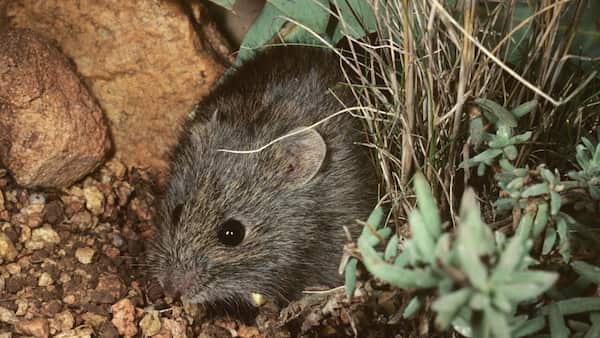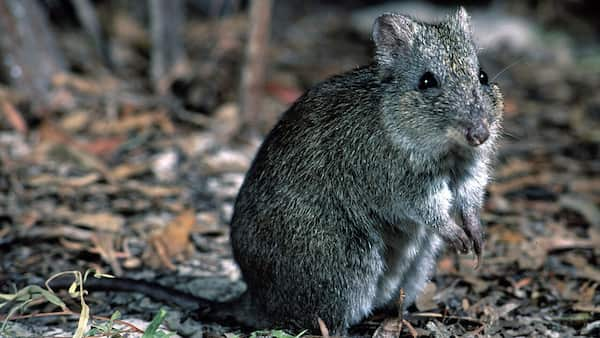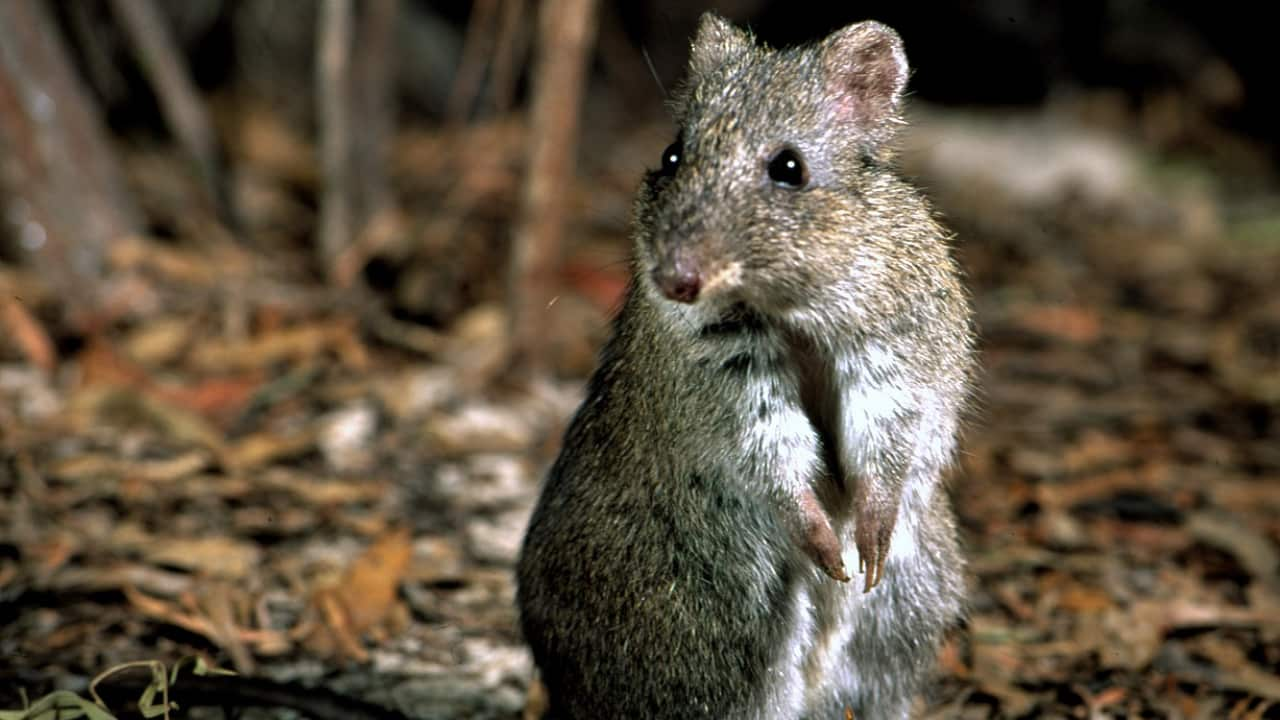Once thought to be extinct, the Gilbert’s potoroo might be back.
Australia’s most critically endangered marsupial was rediscovered near Albany, Western Australia in 1994 after being presumed extinct for over a century.
Now, Australian scientists from the Department of Biodiversity, Conservation and Attractions (DBCA) have found their conservation efforts are showing signs of recovery with an increase in potoroo numbers that have exceeded the size of the original population.
To help preserve the species, ‘insurance populations’ were set up by DBCA, and are now showing signs of success.
What is the Gilbert’s potoroo?
Australia’s most endangered marsupial and rarest marsupial in the world, the Gilbert’s potoroo is a small rat-kangaroo found on the south coast of Western Australia.
Weighing less than a kilo, they’re sometimes dubbed the ‘kangaroo rat’, despite being in a different family to kangaroos.
They’re nocturnal creatures who spend their night digging in the ground for delicious underground fungi, which make up over 90 per cent of their diet.
They have a gestation period of 38 days — the longest of any marsupial — and carry their young in a pouch for up to four months. They have one young at a time but can breed at any time of the year and can have up to two babies a year.
It’s one of three main species of potoroo in Australia — the other are the long-nosed and long-footed, which live on the eastern seaboard. Another species, the broad-faced potoroo, is thought to be extinct.
Gilbert’s potoroos once thought to be extinct
At one point, scientists could not find any Gilbert’s potoroos in the wold.
“The last specimen of the early era was collected in the 1980s and none had been recorded by science by 1906, when another survey was done,” Dr Tony Friend, who leads the conservation program, told ABC News on Friday.
“So the decision was made that the little animal was extinct, or that was the opinion.”
It would be nearly another hundred years before the little creatures turned up at Two Peoples Bay Nature Reserve in Albany, Western Australia, in 1994.
What did scientists do to save the Gilbert’s potoroo?
The new research outlines the key management actions to save the species between 1994 and 2024, with scientists finding the use of ‘insurance’ populations were effective in ensuring the rat-kangaroos survival.
Between 2005 and 2014, the original potoroo population was relocated to two insurance locations.
“It was always the plan and it just took quite a long time,” Friend said. “We were very lucky that in the 10 years it took before we got an insurance population going that there wasn’t a fire.”
One insurance population was in a mainland enclosure within nearby Waychinicup National Park. The other was on Bald Island off the coast of the southern region of Western Australia, which turned out to be “perfect” for population restoration.
Friend said the island location was ideal because it was difficult for humans to get to and didn’t have any of the key predators of the potoroo, like foxes, cats and pythons.
“That worked really well. The habitat was perfect. There was lots of food,” he said.
“Very soon, there were more on the island than there were in the original population.”
The insurance populations proved crucial when, in 2015, a devastating bushfire swept through Two Peoples Bay Nature Reserve, effectively wiping out the original population.
“When we surveyed the rediscovered population, we found that only about 40 individuals remained in a small area of heathland on Mount Gardner [within the Two Peoples Bay Nature Reserve],” Friend said.
But the establishment of new potoroo populations by translocation was described as “the most valuable recovery technique for this species”.
Researchers found successful conservation of the species required a combination of effective fire management, feral predator control, climate change adaptation strategies and community advocacy.
As of 2024, it was estimated that there were 120 Gilbert’s potoroos left in the wild – a pretty good improvement from zero.


